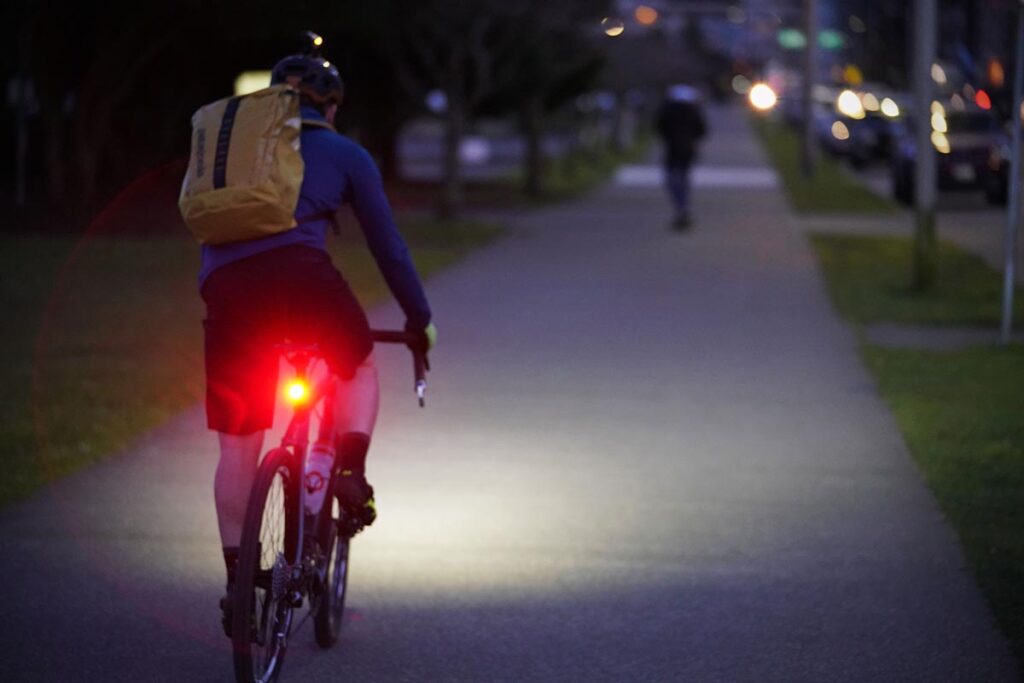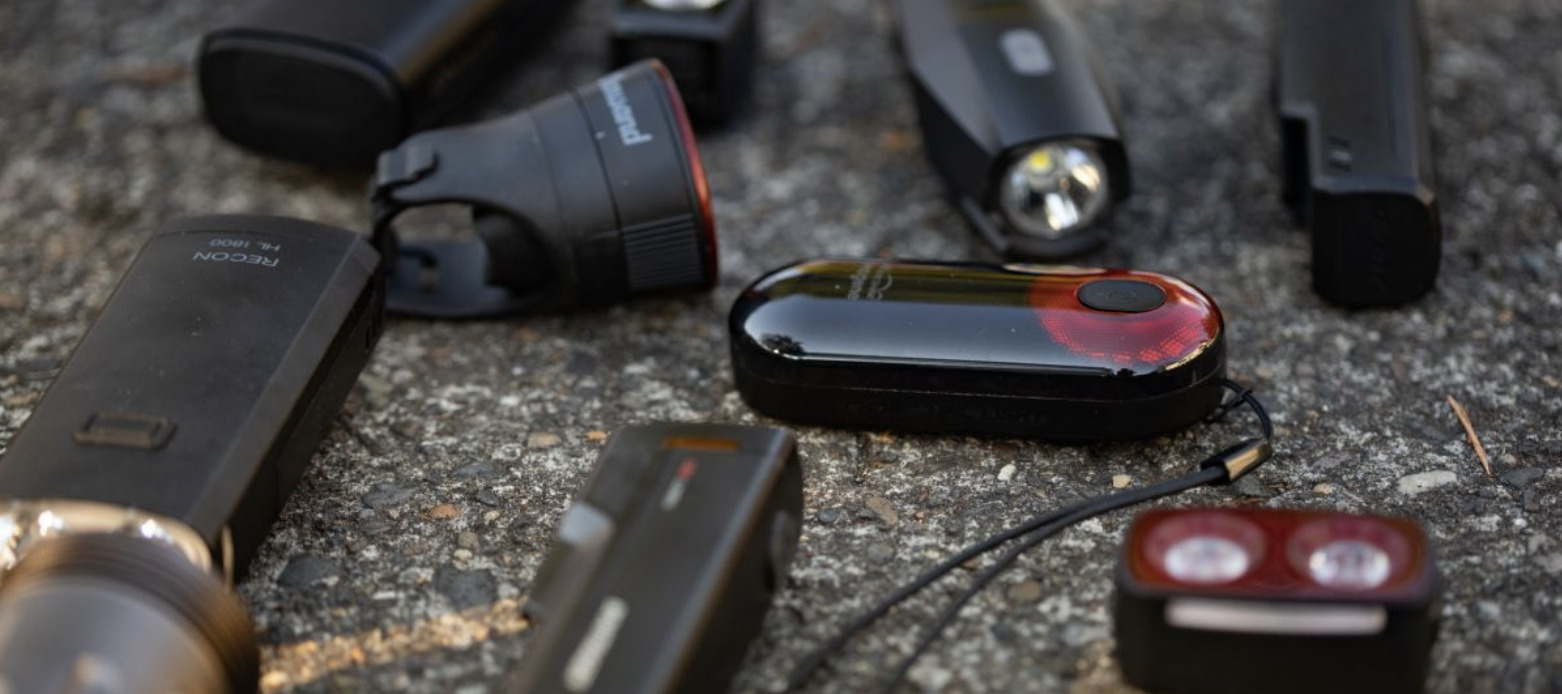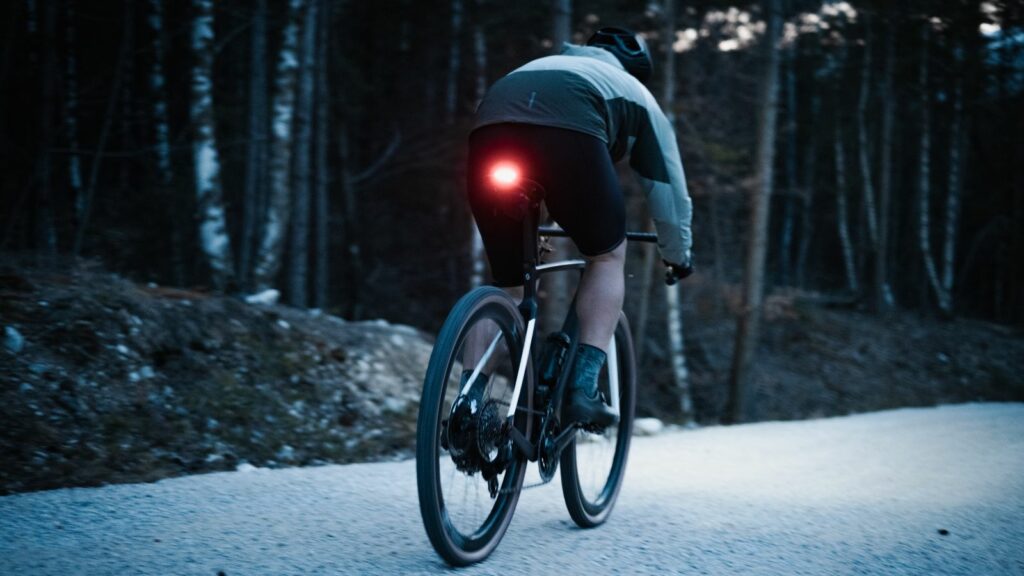How to choose a bike light?
When it comes to bike lights, there are a few things you need to take into account to make sure you’re choosing the best one for your needs. First, consider how much light you need. If you’re just commuting in urban areas, you won’t need as much power as someone who often rides on unlit roads or trails. Second, think about how long you’ll be riding and how easy it is to recharge your light. You don’t want to get caught without a working light on a long ride! Finally, take into account other features like mounting style and water resistance. With so many different options on the market, choosing the perfect bike light can seem daunting. But if you keep these factors in mind, you’re sure to find the ideal light for your rides.
Decide what type of bike light you need – front, rear, or both
Choosing the right front bike light for your everyday commutes or longer rides can be tricky. You need to consider both front and rear lights because front lights help to illuminate the way while rear safety lights let people behind you know that you’re there. For a comprehensive lighting solution, consider a front and rear combination outputting around 500 lumens plus – enough to light up your route while also providing adequate rear visibility. The front light should have at least three modes – high, low and pulse, to give you control over how much light you reduce at any point in time. Remember, good visibility is paramount to safe riding, so choosing the right front bike light is essential.
Consider how much light you need – brighter is not always better
When considering lumens and lighting modes while choosing a front bike light, it is important to remember that more lumens aren’t automatically better. Depending on the kind of biking you plan to do, lots of lumens may be overkill and make extra bright lights unnecessary. Lumens determine how far the light will reach without blinding others, and also indicate how useful it is for dark roads or low-light paths. Lighting modes help to customize your experience which could be a lower setting when in traffic or higher settings when exploring darker trails. When selecting your front bike light, give some thought as to what kind of lumens you need for your everyday commuting and longer rides — brighter isn’t always better!
Choose a bike light with the right features for your needs – USB rechargeable, waterproof, etc.
Choosing the right bike light for your needs is no small task. Rechargeable lights are becoming increasingly popular with their USB connection making recharging easy when you’re on the go. Depending on the type of bike ride you’re doing, choose a waterproof light to keep it safe in all kinds of weather. Duel output and rear lights are also great features to look out for if you’re after more powerful visibility. When it comes to lighting modes, it’s best to choose a light that has different modes. This way you can switch between high, low and pulse depending on the situation. Lastly, consider a mounting style with clip-on or handlebar mount options available.
By taking into account all of these factors when selecting your bike light, you can make sure you’re choosing the perfect one, if your bike commute is through busy streets, opt for a light with multiple flashing modes so that motorists can see you easily from further distances. Finally, consider how long you need your light to run each time you switch it on – make sure its run time perfectly matches your needs!
Mount your bike light in the correct position for maximum visibility
With the quick-release mount that comes with most front bike lights, you can easily and securely attach your light to your handlebar or helmet. When mounting a bike light, it’s important to make sure that it holds in the correct position for maximum visibility when riding. Setting the angle correctly on a quick-release mount is important as it is designed for quick removal of the light rather than heavy-duty bike light mounting and adjustment options. This includes adjustable handlebar and helmet mounts, so you can find the perfect angle for your light beam. Additionally, our bike lights are designed with durable housing to protect against any bumps or falls on the road. We use high-efficiency LED bulbs in all of our bike lights to ensure maximum brightness, efficiency and safety while riding. To ensure that you have optimal visibility while out on rides, test how your bike light shines on different surfaces and adjust accordingly to obtain the best results.

Test your bike light before riding to make sure it is working properly
Testing your bike light is an important step before going for a ride – both for shorter commutes and longer treks. Testing it can help you make sure that the angle, brightness and available modes are right for your needs. Testing it also allows you to check that the battery and light housing are free of damage and properly working, making it a valuable safety precaution. Testing your light should be carried out in a distanceless environment, so you can get an accurate sense of how it will perform in use. Doing this simple check will ensure that whenever you head off on two wheels, you can rest assured knowing that your bike light is fit for purpose.
With so many choices on the market, it can be tough to decide which bike light is right for you. But if you keep these five tips in mind, you should be able to find the perfect front bike light for your needs. Whether you’re commuting to work, tackling a long-distance ride or exploring the countryside, make sure that you always have your bike light with you and properly installed. This will give you peace of mind knowing that even if the unexpected happens, you’ll be seen by drivers and other cyclists. So what are you waiting for? Choose your perfect fit today And don’t forget to check out our range of bike lights that best suit your needs!
































